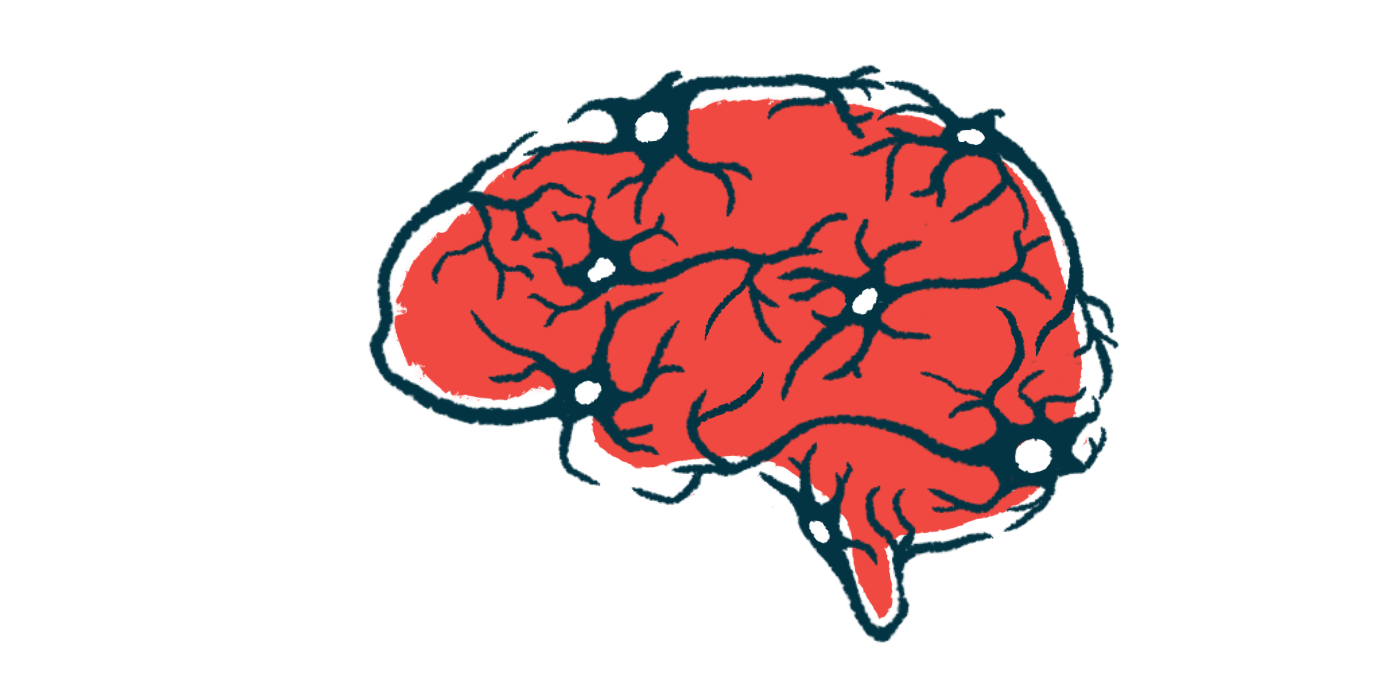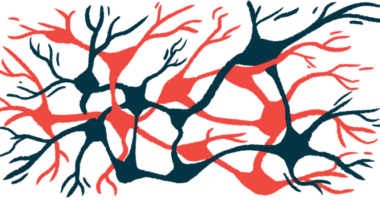STING protein-linked inflammation may have role in Parkinson’s
Study shows STING has dual function in neurodegenerative diseases

The STING protein, which has been linked to cell damage and brain inflammation — two known contributing factors to Parkinson’s disease and other neurodegenerative diseases — has a dual function, a study found. The researchers said their finding could have implications for treating Parkinson’s and other neurodegenerative diseases.
Lysosomes, cell structures that break down waste, are damaged in Parkinson’s, a process known as neuroinflammation that is known to be linked to these diseases.
Researchers at the University of Texas found that STING not only triggers inflammation but also helps repair lysosomes, a discovery they said offers new insight into how the disease develops and potential ways to treat it.
“STING is well known as an innate immune signaling protein. This study uncovered a new nonimmune function of STING,” Nan Yan, PhD, professor and vice chair of Immunology at the UT Southwestern Medical Center, and lead author of the study, said in a university news story.
The study, “STING mediates lysosomal quality control and recovery through its proton channel function and TFEB activation in lysosomal storage disorders,” was published in Molecular Cell.
STING protein and lysosomal storage disorders
Parkinson’s disease is caused by the progressive loss of dopaminergic neurons, the nerve cells that produce dopamine, a chemical messenger involved in the regulation of motor function. This results in a reduction of dopamine levels and the onset of Parkinson’s disease symptoms.
Studies have shown that lysosomal dysfunction impairs the degradation of stimulator of interferon genes (STING), a protein of the immune system. This results in STING signaling activation that causes inflammation in the nervous system, or neuroinflammation, a driver of nerve damage in neurodegenerative conditions.
The team had previously shown that STING activation was associated with neuroinflammation in a lysosomal storage disease called Niemann-Pick disease type C1. Lysosomal storage disorders are rare, inherited conditions that occur when lysosomes do not function properly.
In this study, the researchers used a mouse model of another lysosomal storage disorder, Krabbe disease. Some of these mice also had the STING gene deleted. Mice carrying only the disease-causing mutation showed significant increases in inflammation-related genes, especially in brain immune cells called microglia, and developed serious brain inflammation by the time they were about one month old. But in the mice without the STING gene, this inflammation was significantly lower. Similar results were observed when researchers used mouse models of two other lysosomal storage diseases.
The researchers said these results indicate that STING is associated with neuroinflammation when lysosomes become damaged.
Mice with Krabbe disease also had increased levels of lysosome-related genes associated with lysosome repair and generation of new lysosomes in microglia, an effect that was significantly reduced in mice without STING.
These findings were further confirmed when mouse- and human-derived healthy cells were treated with a chemical that activated STING, and were demonstrated to be associated with a protein called transcription factor EB, a protein that regulates the expression of certain lysosome-related genes.
STING-mediated TBEF activation was independent of the immune signaling function of STING. Rather, it was tied to its role as a proton channel, which allows it to move charged particles that lower pH inside lysosomes, which is critical for their function.
The researchers demonstrated that cells accumulate more damage when STING is lost, indicating that the STING-TFEB pathway facilitates lysosomal repair after damage. However, in lysosomal storage diseases, STING also causes inflammation.
“We demonstrate that STING mediates both [disease-causing] neuroinflammation and beneficial lysosomal biogenesis in lysosomal storage disorder,” the researchers wrote. “Genetic deletion of STING dampens neuroinflammation but also reduces lysosomal biogenesis, thus eliminating both beneficial and pathological effects.”
Developing a strategy to reduce STING’s role in inflammation while increasing its function in lysosome repair and generation could be a new therapeutic strategy for lysosome storage diseases, according to the researchers.
Because lysosome dysfunction plays a relevant role in neurodegenerative diseases, including Parkinson’s, Alzheimer’s disease, and amyotrophic lateral sclerosis, such a strategy could also be useful to treat these conditions, the researchers said.







